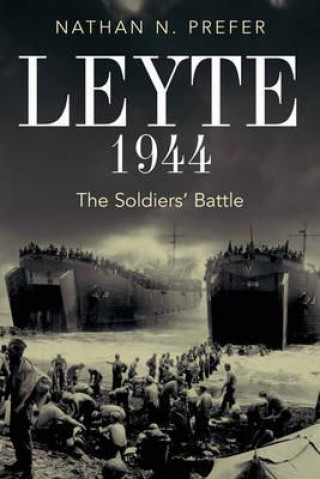
Kod: 04838349
Leyte, 1944
Autor Nathan Prefer
When General Douglas MacArthur arrived in Australia in March 1942, having successfully left the Philippines to organize a new American army, he vowed, "I shall return!" More than two years later he did return, at the head of a lar ... więcej
- Język:
 Angielski
Angielski - Oprawa: Twarda
- Liczba stron: 368
Wydawca: Casemate Publishers, 2012
- Więcej informacji o książce

182.53 zł
Zwykle: 196.22 zł
Oszczędzasz 13.70 zł

Dostępna u dostawcy w małych ilościach
Wysyłamy za 10 - 14 dni
Potrzebujesz więcej egzemplarzy?Jeżeli jesteś zainteresowany zakupem większej ilości egzemplarzy, skontaktuj się z nami, aby sprawdzić ich dostępność.
Dodaj do schowka
Zobacz książki o podobnej tematyce
-

Battle of Leyte Gulf
128.23 zł -

Battle of Leyte Gulf
140.12 zł -

Practicing New Historicism
486.66 zł -
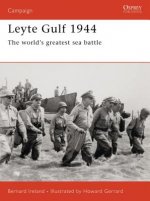
Leyte Gulf 1944
117.05 zł -

TBH #3: TBH, Too Much Drama
43.61 zł -10 % -

32 Third Graders and One Class Bunny: Life Lessons from Teaching
222.12 zł
Bon podarunkowy: Radość gwarantowana
- Podaruj bon o dowolnej wartości, a my się zajmiemy resztą.
- Bon podarunkowy dotyczy całej naszej oferty.
- Możesz wydrukować elektroniczny bon z e-maila a następnie przekazać go obdarowanemu.
- Ważność bonu wynosi 12 miesięcy od daty wystawienia.
Więcej informacji o Leyte, 1944
Za ten zakup dostaniesz 106 punkty
 Opis
Opis
When General Douglas MacArthur arrived in Australia in March 1942, having successfully left the Philippines to organize a new American army, he vowed, "I shall return!" More than two years later he did return, at the head of a large U.S. army to retake the Philippines from the Japanese. The place of his re-invasion was the central Philippine Island of Leyte. Much has been written about the naval Battle of Leyte Gulf that his return provoked, but almost nothing has been written about the three-month long battle to seize Leyte itself. Originally intending to delay the advancing Americans, the Japanese high command decided to make Leyte the "Decisive Battle" for the western Pacific and rushed crack Imperial Army units from Manchuria, Korea, and Japan itself to halt and then overwhelm the Americans on Leyte. As were most battles in the Pacific, it was a long, bloody, and brutal fight. As did the Japanese, the Americans were forced to rush in reinforcements to compensate for the rapid increase in Japanese forces on Leyte.This unique battle also saw a major Japanese counterattack not a banzai charge, but a carefully thought-out counteroffensive designed to push the Americans off the island and capture the elusive General MacArthur. Both American and Japanese battalions spent days surrounded by the enemy, often until relieved or overwhelmed. Under General Yamashita s guidance it also saw a rare deployment of Japanese paratroopers in conjunction with the ground assault offensive.Finally there were more naval and air battles, all designed to protect or cover landing operations of friendly forces. Leyte was a three-dimensional battle, fought with the best both sides had to offer, and did indeed decide the fate of the Philippines in World War II.REVIEWS a highly detailed account of the ground fighting on Leyte from October 1944 through the spring of 1945 a comprehensive eye level picture of the fierce combat and the outstanding heroism of the soldiers who fought there ARMY Magazine "Finally, a definitive account of the battle that wrested the island of Leyte in the Philippines from the Japanese in 1944 has emerged. Although much has been written about the U. S. Navy's role at Leyte, the savage, bloody fighting that took place on land has been overlooked. Fulfilling his pledge to return after he had been forced to leave the Philippines by PT-boat in early 1942, General Douglas MacArthur pushed the idea of a return to the Philippines with the Joint Chiefs and President Franklin Roosevelt. MacArthur's persistence paid off as soldiers from the Sixth Army, aided by Filipino Guerillas, fought the Japanese from late October 1944 until the beginning of 1945. More than 200,000 Americans not only fought a seasoned enemy but had to endure harsh tropical weather with its incessant monsoon rains and typhoons as well. Two prominent officers who deserve the lion's share of the accolades are General Walter Krueger, commanding the Sixth Army, and General Roberrt Eichelberger, leading the Eighth Army. Both had battlefield experience and did a marvelous job as their troops fought at places with names such as Breakneck Ridge, Shoestring Ridge and Ormoc Valley. In a highly unusual move, the Japanese used airborne infantry to parachute behind the American lines to disrupt the flow of supplies and conduct raids. Prefer has penned a meticulous book, complete with the order of battle for each side, a breakdown of U. S. casualties, detailed maps, and 16 photographs. It is a fitting story chronicling the bravery and sacrifices of the dogface GI, and the nearly 3,500 killed and another 10,000 wounded, who beat the very best that the enemy could throw at them and freed the inhabitants of Leyte from a brutal occupation.WWII Magazine nicely crafted series of stories that focus on acts of bravery and leadership as practiced by American infantrymen in face-to-face encounters with the Japanese. His stories put the reader in the front lines with American officers, NCOs, and enlisted men as they encounter and overcome strong Japanese defensive positions, deal with snipers and raiding parties, and resist Japanese counterattacks Journal of America s Military Past
 Szczegóły książki
Szczegóły książki
Kategoria Książki po angielsku Humanities History Military history
182.53 zł
- Pełny tytuł: Leyte, 1944
- Podtytuł: The Soldier's Battle
- Autor: Nathan Prefer
- Język:
 Angielski
Angielski - Oprawa: Twarda
- Liczba stron: 368
- EAN: 9781612001555
- ISBN: 1612001556
- ID: 04838349
- Wydawca: Casemate Publishers
- Waga: 830 g
- Wymiary: 235 × 159 × 32 mm
- Data wydania: 19. October 2012
Ulubione w innej kategorii
-
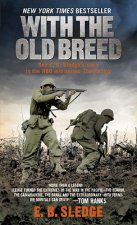
With the Old Breed
42.60 zł -12 % -

SS Dirlewanger Brigade
65.07 zł -6 % -

Mediterranean Air War, 1940-1945
230.88 zł -23 % -

Wars of the Roses
75.54 zł -13 % -

SAS in Occupied France
116.24 zł -23 % -
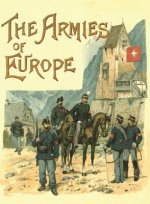
Armies of Europe Illustrated
122.89 zł -
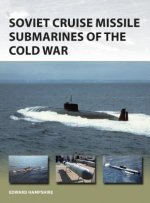
Soviet Cruise Missile Submarines of the Cold War
85.62 zł -5 % -
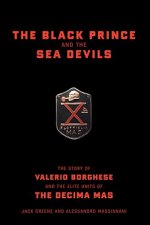
Black Prince And The Sea Devils
178.50 zł -
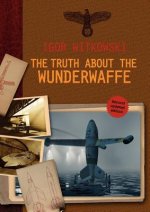
Truth About The Wunderwaffe
217.89 zł -
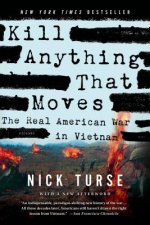
Kill Anything That Moves
93.68 zł -5 % -
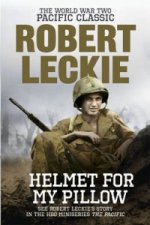
Helmet for my Pillow
61.24 zł -23 % -

Forgotten Highlander
61.24 zł -23 % -

TM 9-803 Willys-Overland MB and Ford Model GPW Jeep Technical Manual
93.37 zł -5 % -
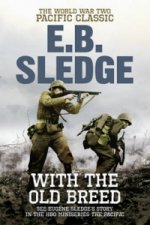
With the Old Breed
70.41 zł -23 % -

Sleepwalkers
87.93 zł -14 % -
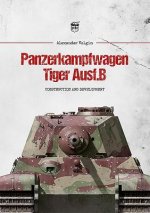
Panzerkampfwagen Tiger Ausf.B
106.27 zł -13 % -
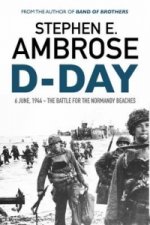
D-Day
47.34 zł -23 % -
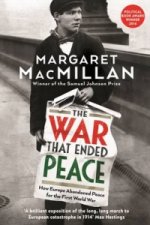
War that Ended Peace
47.04 zł -14 % -
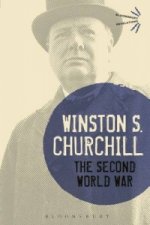
Second World War
136.29 zł -9 % -
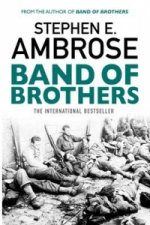
Band Of Brothers
43.41 zł -15 % -

American Sniper
51.87 zł -23 % -
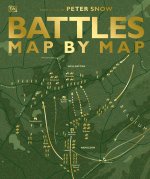
Battles Map by Map
135.79 zł -14 % -
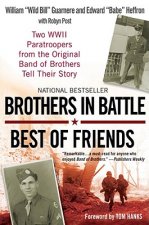
Brothers in Battle, Best of Friends
73.63 zł -11 % -
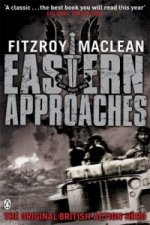
Eastern Approaches
61.14 zł -23 % -

Citizen Soldiers
61.14 zł -23 % -
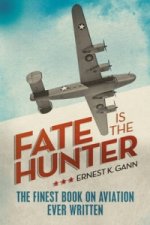
Fate is the Hunter
51.87 zł -23 % -
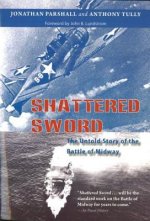
Shattered Sword
143.34 zł -7 % -
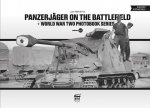
Panzerjager on the Battlefield
120.67 zł -23 % -
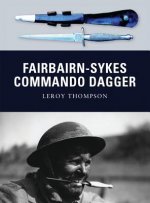
Fairbairn-Sykes Commando Dagger
74.84 zł -23 % -

Templars
57.71 zł -15 % -

Bravo Two Zero
52.37 zł -15 % -

Us Forces in Vietnam 1968 - 1975
101.63 zł -4 % -

Military History Book
139.21 zł -23 % -

Lost Victories
118.66 zł -10 % -

The Second World War
78.97 zł -14 % -

Hirohito and the Making of Modern Japan
70.41 zł -23 % -
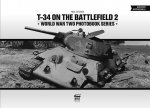
T-34 on the Battlefield. Volume 2
170.64 zł -7 % -
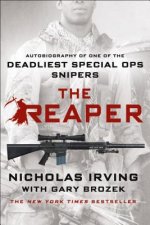
Reaper
71.92 zł -13 % -

RAF Battle of Britain Fighter Pilots' Kitbag
79.67 zł -23 % -
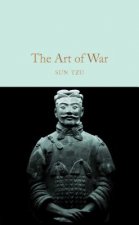
Art of War
52.37 zł -15 % -
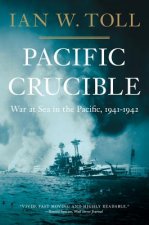
Pacific Crucible
104.36 zł -7 % -

Soldaten - On Fighting, Killing and Dying
47.34 zł -23 % -

1914-1918
88.74 zł -23 % -

SS Charlemagne
61.24 zł -23 % -

Between Giants
88.54 zł -11 % -
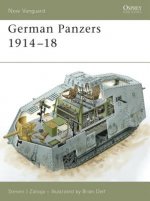
German Panzers 1914-18
67.58 zł -15 % -
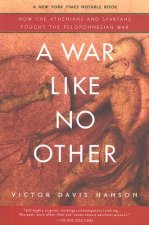
War Like No Other
73.63 zł -11 % -
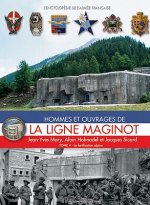
Hommes et ouvrages de la ligne Maginot, Tome 4
221.11 zł -
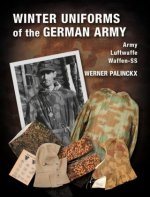
Winter Uniforms of the German Army
359.83 zł -4 %
zadowolonych klientów
Od roku 2008 obsłużyliśmy wielu miłośników książek, ale dla nas każdy był tym wyjątkowym.
Copyright! ©2008-24 libristo.pl Wszelkie prawa zastrzeżonePrywatnieCookies


 21 milionów książek
21 milionów książek Dostawa 10.99 zł
Dostawa 10.99 zł (32) 444 93 66 (8-15.30h)
(32) 444 93 66 (8-15.30h)